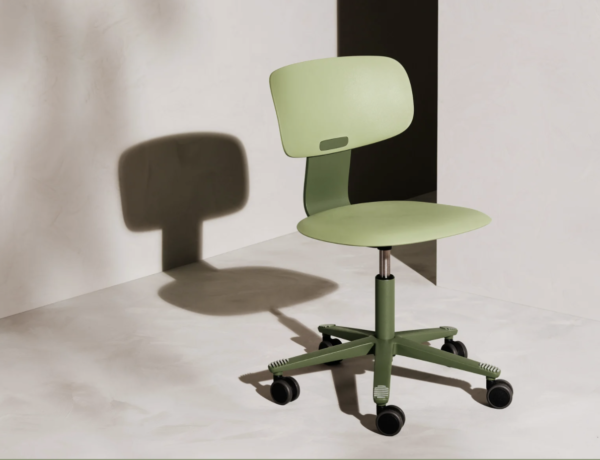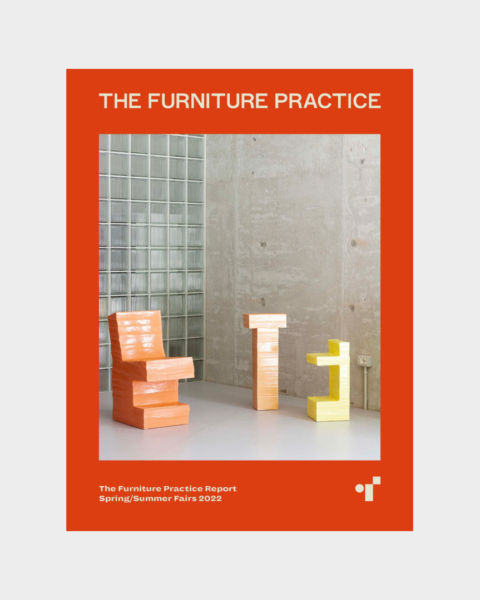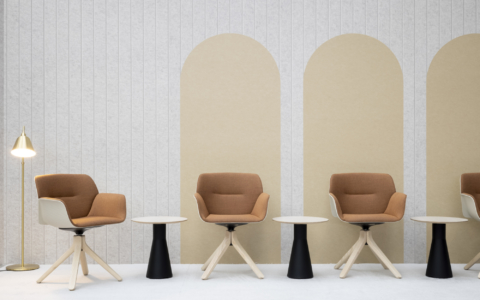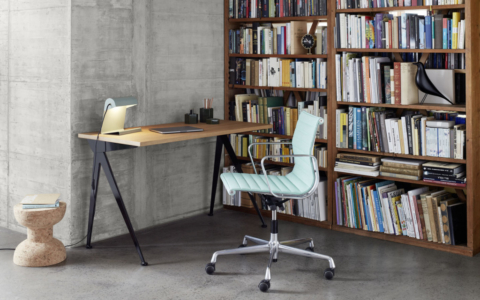Measuring the climate impact of furniture
Words by Matt Davies, TFP Director of Sustainability

How can the furniture industry best measure the climate impact of products?
As furniture consultants, we acknowledge that new furniture will always have an environmental footprint - our job is to help clients understand what that impact looks like and then find ways to minimise it.
Increasingly, as businesses have committed to measuring and reducing their Scope 3 greenhouse gas emissions, our clients require accurate, transparent climate-related data from us.
Over the last year, we have discussed various sustainability-related topics with many manufacturers as part of our ongoing drive to improve the sustainability performance of furniture projects. Throughout these conversations, we have found that the methodology used to measure product climate impact varies significantly; as a result, clients and project teams cannot readily compare data.
Finding an accurate, simple, and practical approach
Recently, we had the pleasure of hosting a range of manufacturers and friends of TFP in a series of round-table discussions on measuring product climate impact. Our focus for these sessions was to bring manufacturers together to find a consensus on the most accurate, simple, and practical approach to calculating the climate impact of furniture products.
From a poll of 50 attendees during our discussions, the overwhelming majority strongly agreed that the industry requires a standardised industry-wide measurement methodology.
During our discussions, we focussed on the CO2_e measurement and the European Commission’s recently developed PEF methodology as the cornerstone of understanding the climate impact of individual products, using data across the entire product lifecycle: from raw material extraction and processing through to the manufacturing, packaging, transportation, use and disposal phases. The CO2_e figure is important in itself, but there was recognition that this figure has to be taken into account along with other crucial factors such as warranty, quality, and additional environmental factors to understand the complete picture.
We introduced the manufacturers to Målbar, a Danish company that has created a calculation tool based on PEF rules and data sets, helping manufacturers calculate, understand and reduce their climate emissions from products.
During our discussions, the consensus was that the PEF methodology could become the appropriate standard methodology that the furniture industry seeks.
Thank you to all the suppliers who joined us last week to share their thoughts on this topic, and we look forward to moving the conversation further to make a real difference across the furniture industry. We will be hosting additional manufacturer round-tables soon, and for any of our manufacturers, clients, or sustainability professionals wishing to take part, please get in touch with us.

Explore More


